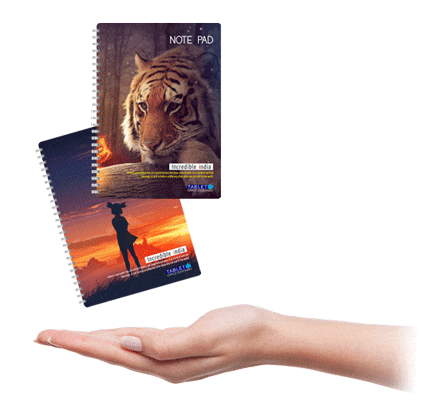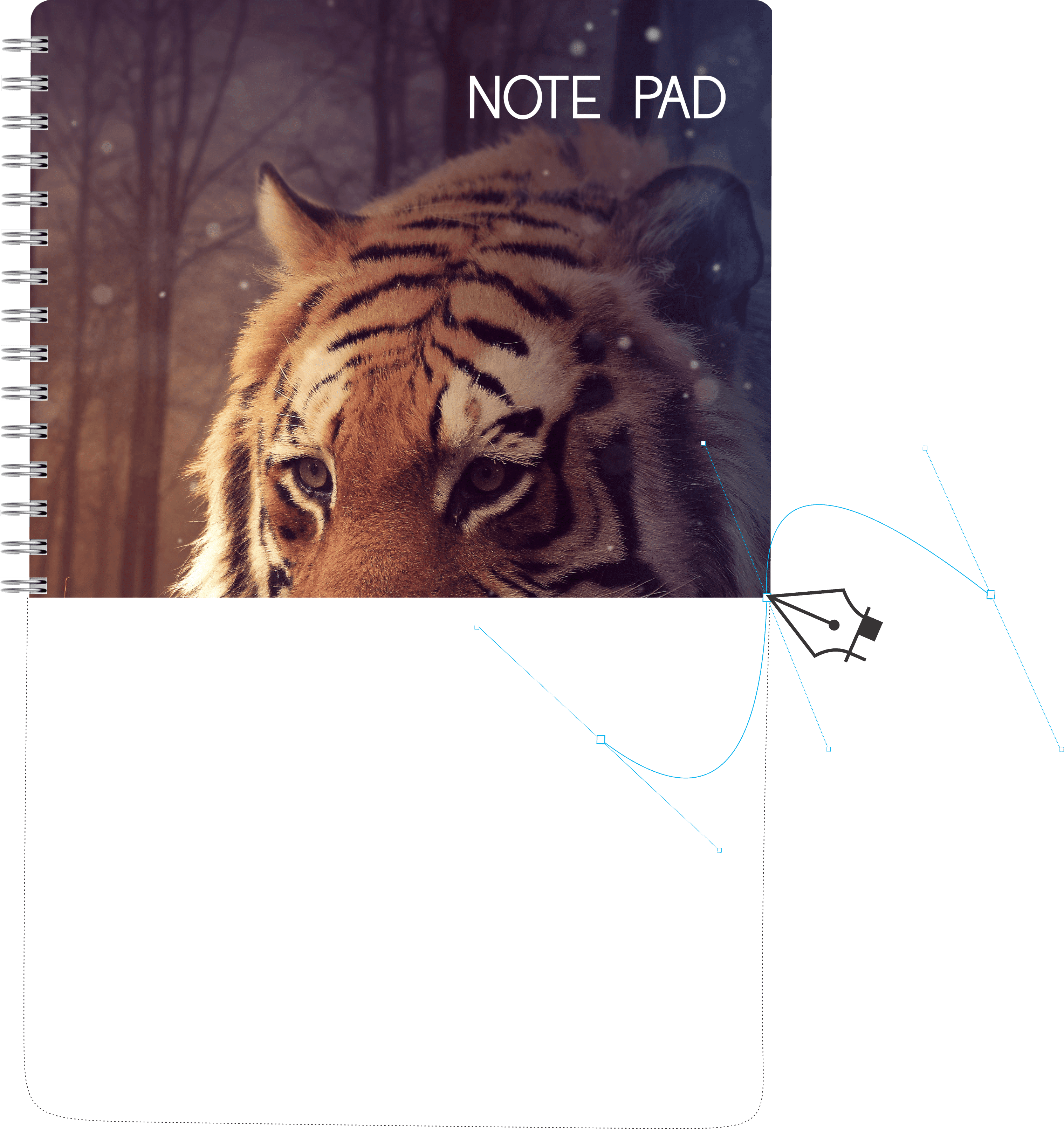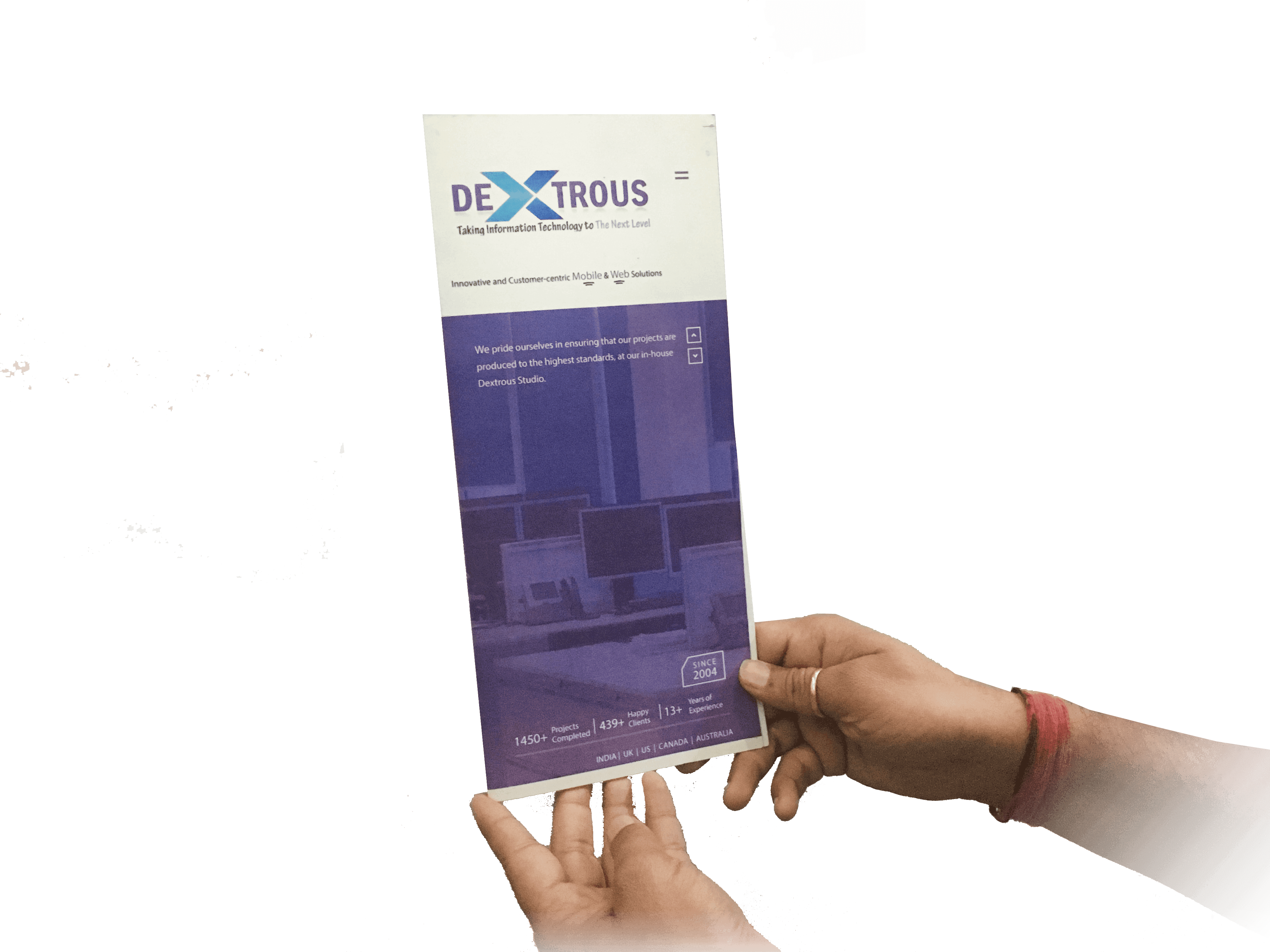Book Designing
A great book design is your best sales tool. A professionally and aesthetically designed cover will instantly convey the essence of your book.
A great book design is your best sales tool. A professionally and aesthetically designed cover will instantly convey the essence of your book.

At Dextrous, designing a book cover is an art. Our team of creative designers has years of experience in print design in a wide variety of genres.
We start the process of designing your cover by asking questions, reading your manuscript and researching your audience. We then provide you a range of custom cover designs to choose from and will work with you to achieve the desired look that is right for your audience.
We understand that, “books are judged by their covers”
Whether you want to publish a simple text-driven book or have many images, charts, graphs, pull quotes and sidebars to include, we make sure your book layout is consistent with the cover design, attractive, readable and engaging. Our experience with interior book layout ranges from the simple to the most complicated formats featuring various specialty printing and binding techniques, paper types, and much, much more. We’re invigorated by the challenge of making a book’s interior be as spectacular as its cover.

